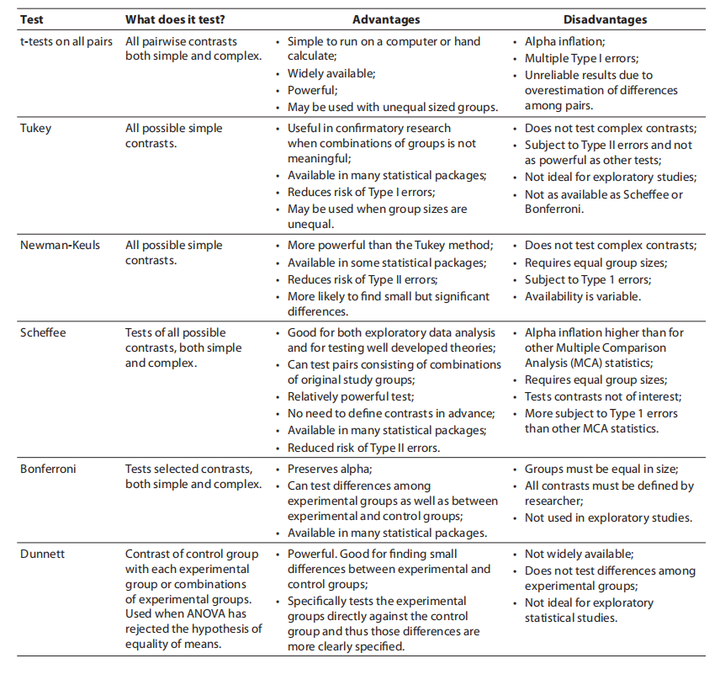The Unique Properties of Alpaca and Cashmere: A Comparative Analysis
Alpaca and Cashmere are two unique fibers that are often compared in the textile industry. While both fibers are expensive and luxurious, they possess different properties that make them each unique. In this article, we will explore the unique properties of Alpaca and Cashmere and provide a comparative analysis of their differences.Alpaca is a fiber that is derived from the Alpaca animal, which is primarily found in the Andes Mountains of South America. Alpaca fiber is strong, resilient, and warm, making it an ideal choice for clothing and textiles. It also has a unique crimp that allows it to retain its shape and texture, even when washed frequently.Cashmere is a fiber that is derived from the Cashmere goat, which is primarily found in Mongolia and other parts of Asia. Cashmere fiber is also strong and resilient, but it is much finer and lighter than Alpaca fiber. It has a soft, smooth texture that makes it ideal for clothing and textiles that require a lightweight and comfortable feel.When comparing Alpaca and Cashmere, it is evident that each fiber has its own unique properties. Alpaca fiber is stronger and more resilient, while Cashmere fiber is finer and lighter. The unique crimp of Alpaca fiber also sets it apart from Cashmere. However, both fibers are expensive and luxurious, making them both highly desirable for high-end clothing and textiles.
Alpaca and cashmere are two types of wool that have been used for centuries in the production of high-quality clothing and accessories. While both types of wool are prized for their softness, warmth, and durability, there are some key differences between them that are worth exploring.
Firstly, alpaca wool is derived from the alpaca, a member of the camel family that is native to Peru and Chile. This type of wool has a unique, dense fiber structure that makes it highly resistant to moisture and weathering. This means that alpaca wool clothing can withstand the rigors of outdoor wear, while maintaining its original quality and appearance.

Secondly, cashmere wool is sourced from the cashmere goat, which is primarily found in Kashmir and Mongolia. Cashmere wool has a much finer fiber diameter than other types of wool, averaging around 16-18 microns in diameter. This fine fiber diameter gives cashmere wool its incredible softness and warmth, making it ideal for use in delicate clothing and accessories such as sweaters, scarves, and hats.
Another key difference between alpaca and cashmere wool is their respective production processes. Alpaca wool is typically harvested from the animal during its annual shedding process, while cashmere wool is obtained by combing the goat’s coat to remove the undercoat. This difference in production methods can affect the final product in terms of texture, color, and quality.

In terms of fashion application, both alpaca and cashmere wool have a significant role to play. Alpaca wool is often used in outdoor clothing brands such as The North Face and Columbia, due to its moisture resistance and durability. On the other hand, cashmere wool is frequently employed in luxury fashion brands such as Gucci and Prada, owing to its softness and elegance.
However, it should be noted that while both types of wool are highly prized for their respective qualities, they also have their own set of challenges. For instance, alpaca wool can be difficult to dye due to its dense fiber structure, while cashmere wool can be prone to shrinkage if not properly cared for. These challenges are often overcome through advanced processing techniques and meticulous care instructions.

In conclusion, alpaca and cashmere wool are both incredible fibers that have been used for centuries to create high-quality clothing and accessories. While they share many similarities in terms of their softness, warmth, and durability, there are also some key differences between them that are worth considering when selecting the right type of wool for a particular project or garment. With their unique properties and challenges, both alpaca and cashmere wool offer interesting opportunities for designers and craftspeople to explore and experiment with in their work.
Articles related to the knowledge points of this article:
Title: The Evolution of Business Attire: The Rise of Suits without Ties
Title: Mastering the Art of Tie Knots: Pairing Striped Shirts with Perfect Tie Accessories
Womens Short-Sleeve Down Jackets: A Fashion Review
Womens Lightweight Down Jacket: Fashion and Warmth in Winter
Title: The Art of pairing a Blue Suit with a Tie
The Majestic allure of the Great Scarf: An Exploration of its Cultural Significance and Versatility



